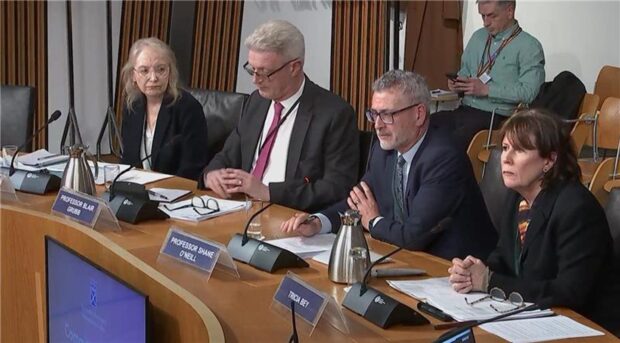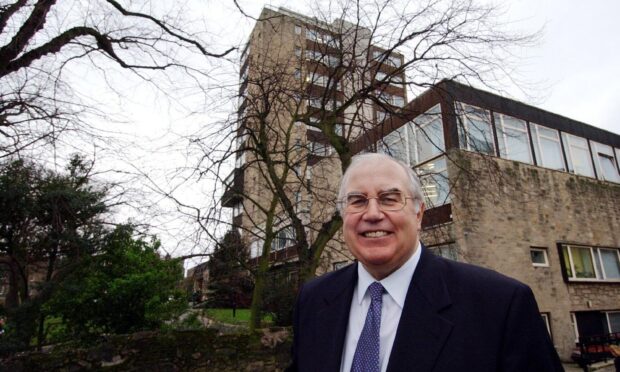Pubs and shops are among the hundreds of Tayside and Fife businesses being slapped with a £14 million tax surcharge next year.
More than 2,500 firms in the area are set to be hit by the large business rates supplement in 2019-20.
Retailers said the high “government-imposed costs” come at a time when they are already trying to deal with sluggish customer spending.
Each Courier Country operation affected by the doubling of the supplement, which was introduced in 2016, has to pay an annual surcharge of £5,600 on average from April this year.
It is estimated the additional levy demand, which only applies north of the border, will cost larger Scots companies £256m over the first four years of the policy.
In 2019-20, Fife firms will pay £7.7m, Dundee (£3m), Perth and Kinross (£2.3m) and Angus (£1m), according to figures published by the Scottish Government in response to MSPs’ written questions.
The Barclay review into business rates called for the supplement for larger firms to be reduced.
David Lonsdale, for the Scottish Retail Consortium, said: “Restoring the level playing field with England on the rates levy must become a priority, as advocated by Barclay, as it only serves to make life tougher for retailers by making it more expensive and less viable to maintain a shop presence on our high streets.”
Any firm which operates from premises worth at least £51,000 on the rental market is liable for the supplement.
The extra charge is 2.6p in the pound, up from the 1.3p level that applies in England.
Murdo Fraser, for the Scottish Conservatives, said the SNP has “failed to support Scottish businesses by increasing the tax gap with the rest of the UK”.
The Mid-Scotland and Fife MSP said: “The SNP must reconsider the punitive large business rate supplement and level the playing field for Scottish business.”
The Scottish Government says it provides the “most competitive rates relief in the UK”, including a small business bonus scheme that lifts 100,000 properties out of the rates regime altogether.
It is due to report back on its plans for rates reform before draft legislation is introduced in March.










